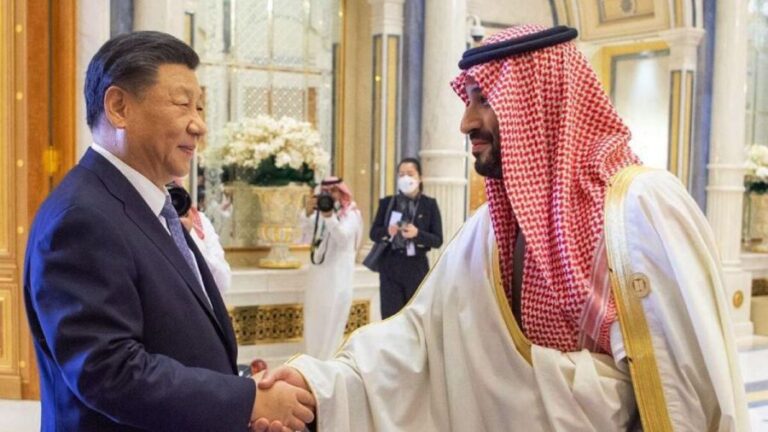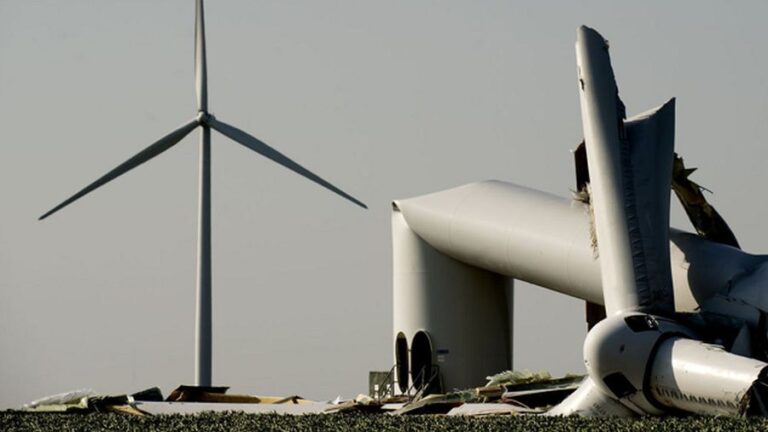The US is Preparing for War with China
Over the past few years, due to the policy followed by the White House, relations between the US and China have been spiraling downward at a rapid pace.
Not only is the trade war, declared by Washington, intensifying between the two largest world economies, but territorial issues in the South China Sea, where the United States is trying to engage in “patrolling freedom of navigation”, are also becoming aggravated. The Chines publication Global Times proclaimed that “[the United States] is turning the South China Sea into a geopolitical stage and maritime frontline to suppress China.”
These factors are reinforced by anti-Chinese propaganda from the US, which leverages discrepancies in the approaches the two countries take toward the problems in Hong Kong, Taiwan, and Tibet and, starting recently, fuel has been added to the fire – both in the form of the confrontation between Washington and Beijing over where the coronavirus infection COVID-19 originated, as well as how to set up the fight against the pandemic.
The US demanded that a number of Chinese government-run media outlets decrease the number of their journalists operating inside the United States, and this caused the de facto expulsion of 60 employees working for PRC media organizations. For its part, China demanded that some journalists of The New York Times, The Wall Street Journal, and The Washington Post working in China surrender their press ID cards, which forced the American journalists to leave the country. On top of that, the United States, and then – in response – China, tightened their reciprocal requirements for journalists, and demanded a report on the number of employees, financial reporting, and other aspects of the activities performed by media outlets in the respective countries.
The requirements for the principles governing the work done by diplomatic staff are becoming more stringent as well.
US federal authorities revoked the visas of more than 1,000 Chinese citizens; those visa revocations are primarily aimed at students and scientists.
Now, following these actions, besides the trade, economic, and propaganda components the United States is actively generating a cold war sentiment towards China. Along with that, taking into consideration the military preparations that Washington has already initiated to intensify confrontation, stepping up a military showdown with China near its borders, and attempting to foist a nuclear arms race on China, the cold war that has in fact arisen between these countries could, at any time, grow into an armed conflict.
The current US political elite, viewing the act of unleashing war not as a large-scale humanitarian disaster, but as a way to bring the American economy out of its blooming crisis, is not even trying to conceal its active preparations for combat operations, and has chosen China as its military opponent.
US foreign policy chief diplomat Mike Pompeo has been making proclamations for several weeks now whose overtones are unlike anything that has been heard since the times of the Cold War, and specifically that China and the Chinese Communist Party pose the “central threat in the modern era”. This thought is echoed by John Ratcliffe, the US Director of National Intelligence, who named China as “a threat to the United States” in an interview with Fox News, and in many of his recent speeches.
The rhetoric involving provocative, anti-Chinese threats emanating from Washington has recently begun to be backed up by specific actions taken by the Pentagon to prepare for unleashing an armed conflict. For example, US Army General Gus Perna, the commander of US Army Materiel Command, has already reported on the creation of new, large stockpiles of military vehicles and other property in the Asia-Pacific, and this is doubtlessly occurring in the framework of preparation for military action.
The Wall Street Journal, and right after it USNI News, a specialized American naval publication, are releasing materials how the US Marine Corps is strategically reorienting itself toward China.And Major Joshua Benson, a spokesman for the Marine Corps Combat Development Command, states directly on USNI News that the US Marine Corps is rebuilding its forces for naval expeditionary warfare in spaces where an active dispute exists, making sure its plans are in complete synch with the US national defense strategy, which now recognizes China as one of the main adversaries of the United States.
Taking into account that any possible armed conflict with China cannot occur without the United States involving its Navy and Air Force, in a move that is clearly not part of an ordinary military procurement order the Pentagon made the decision to purchase 850 cutting-edge, anti-ship missiles in the near future, American media outlets report, citing the US Navy draft budget. Specifically, it intends to buy Lockheed Martin long-range anti-surface cruise missiles (LRASMs) and install them on deck-launched F/A-18E/F Super Hornet multirole fighter aircraft.At the same time, what jumps out is the fact that from 2017-2020 only 99 of these missiles were delivered to the US Navy.
US Air Force Chief of Staff Charles Brown clearly stated a few days ago that the American government should start preparing for a possible war with Russia or China. Any of these potential conflicts would be comparable with WWII in terms of their scale, states the journal Defense News, citing him.The conclusions reached by Brown and Pentagon specialists are laid out in a report called Accelerate Change or Lose, which indicates that the United States will fight a major war in the future with an adversary of comparable strength, and this could result in tremendous losses. This war will not be like the conflicts that Washington has participated in over the course of the past few decades.
And one cannot but notice that Washington is taking these aforementioned preparations to incite a new war against the backdrop of public rhetoric by US President Donald Trump, who promised, during his speech at the White House for the Republican National Convention, to keep the United States out of “senseless and costly wars abroad”.







